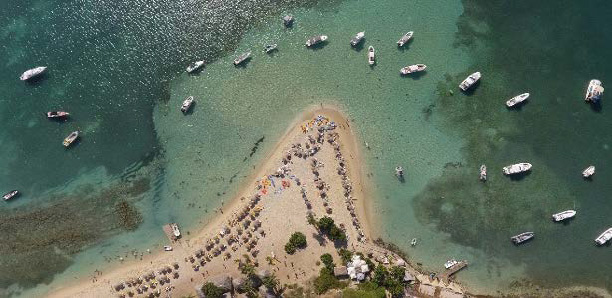Ecological Moorings To Protect Coral Reefs
During the summer of 2022, the scientific department of the Réserve worked hand-in-hand with Fleur Wintzer to refine a project under consideration by the French Office of Biodiversity (OFB), whose goal would be to reinforce the number of ecological moorings—at Rocher Créole, Tintamarre, Pinel, and Caye Verte— and the maritime buoys of the Réserve. This project was previously submitted to the OFB by the Réserve, in response to the call for de ReCorEA projects for the rehabilitation of coral reefs and their associated eco-systems. It was submitted a second time to the ReCorEA jury in a more detailed version: preparatory diagnostics on zones frequented by boats, definition of a deployment strategy for mooring zones with lighted buoys, and awareness activities for a better acceptance of this program by boaters. This fits perfectly with the approach initiated by the Port Authority of Saint Martin, for the placing of lighted buoys in the bays of Marigot and Grand-Case. On September 8, Julien Chalifour defended this project, which had been validated by the management council presided by the prefect, via video conference before the ReCorEA jury. The jury, which once again has the support of its members, only asked a few questions and requested just for one small modification before granting their acceptance.

















